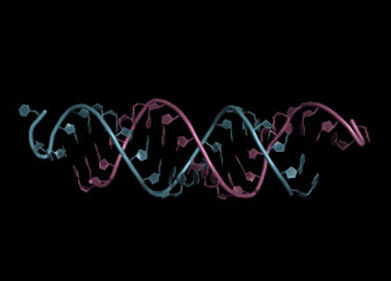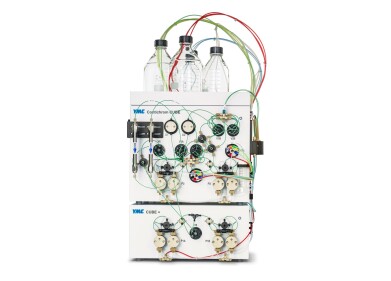Liquid Chromatography
Can Chromatography Help with Bioplastic Production?
May 12 2021
Plastics are ubiquitous, found at the bottom of the ocean and on the highest of mountains, there is no escaping the impact plastics have on the environment. It has been estimated that over 8000 million tonnes (MT) of virgin plastic have been produced to date, and over 6000 MT of waste has been generated with almost 80% ending up in landfills.
Bioplastic is simply plastic manufactured from plant or another biological material instead of using oil as a starting point - bio-based plastic. There are various types of bioplastics and various methods for making them. For some people, it is a green alternative to using non-renewable fossil fuels to make our plastic. New methods of making bioplastics are being researched and a team from Finland has announced a new compostable bioplastic made from waste soybean – and chromatography plays a key role in the process.
A world without plastic
Imagine a world without plastic? Look around where you are sitting. If you are reading this on a computer or smartphone, they probably wouldn’t exist. Plastic only became commercially available just after the second world war, or around 70 years ago. Since then, the growth in plastics production has increased exponentially – as has the problem of what we do with plastic when we have finished with it.
Recent concerns around fossil fuel use and depletion have be the driver behind researchers searching for plastics that can be derived from natural or renewable sources. Cellulose from wood, vegetable oils, sugars and starches have all been used to create bio-based plastics, or simply bioplastics. But there are still environmental concerns with bioplastics as the source materials could come from land that could be used to grow food for human consumption.
Soy molasses into plastic
A consortium of companies from Finland is developing a process to convert the waste from soybean processing into a bioplastic that is compostable. The process uses soy molasses that are unsuitable for food use into lactic acid. A polymerisation reaction converts this into polylactic acid or PLA which can be used in packaging and medical implants. Chromatography is used to separate the lactic acid from the fermentation broth. The power of chromatography as the separation science is discussed in the article, Leveraging Ion Chromatography-Mass Spectrometry for the Impurity Analysis of a Small Organic Acid.
The process will divert soy molasses from incineration into making a useful plastic that is compostable. Tiina Nakari-Setälä, Vice President at VTT, one of the companies involved said, ‘This project is both an excellent example of what expertise in industrial biotechnology can achieve, and a triumph in converting a challenging industrial residue into a higher-value product using microbes.’
Are bioplastics ‘greener’ than other plastics? Well, that is a question that many environmentalists are debating.
Digital Edition
Chromatography Today - Buyers' Guide 2022
October 2023
In This Edition Modern & Practical Applications - Accelerating ADC Development with Mass Spectrometry - Implementing High-Resolution Ion Mobility into Peptide Mapping Workflows Chromatogr...
View all digital editions
Events
Jan 20 2025 Amsterdam, Netherlands
Feb 03 2025 Dubai, UAE
Feb 05 2025 Guangzhou, China
Mar 01 2025 Boston, MA, USA
Mar 04 2025 Berlin, Germany












